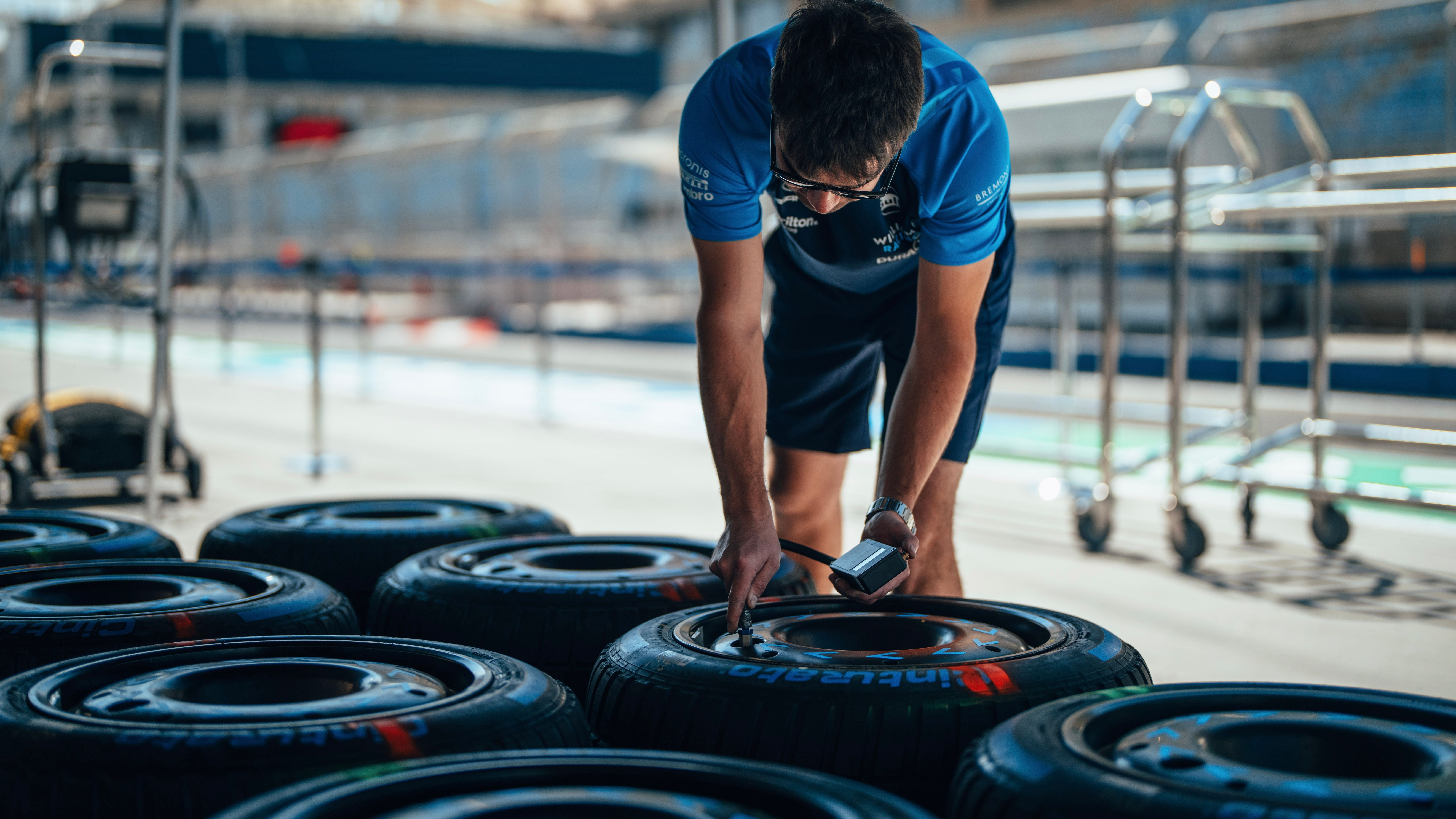All Categories
Featured
Table of Contents
The Michelin provided a comfortable driving experience, characterised by responsive guiding and a progressive understeer equilibrium. In spite of the cooler screening conditions, Michelin's consistent time and grasp over three laps suggests its suitability for real-world applications.
Another notable aspect was Yokohama's warm-up time. The tire's initial lap was a second slower than the second, indicating a temperature-related grasp boost. This suggests the Yokohama could radiate in completely dry, race-like problems. For day-to-day usage, the Michelin might be a much safer wager. Successor was the Hankook.
Best Tyres ( Swan)
It shared Michelin's safe understeer equilibrium but lacked the latter's desire to transform. Continental and Goodyear's efficiencies were notable, with Continental's new PremiumContact 7 revealing a significant enhancement in wet conditions contrasted to its precursor, the PC6. This design was much less delicate to pack changes and acted similar to the Michelin, albeit with a little much less communication at the limit.
It integrated the risk-free understeer equilibrium of the Michelin and Continental with some sporty handling, verifying both predictable and quick. As an all-rounder for this Golf GTI, Goodyear's Uneven array was the standout, demonstrating outstanding performance in the wet. The Bridgestone Potenza Sporting activity took the crown as the fastest tyre, albeit by a little margin.
This tyre got grippier as it heated up, similar to the Yokohama. Drivers seeking an interesting wet drive might find this tyre worth considering. The standout entertainer in wet braking was the most recent tyre on examination, the PremiumContact 7, though the results are nuanced. We conducted wet braking tests in three various means, twice at the brand-new state and as soon as at the worn state.
Reliable Budget Tyres ( Swan)
Ideally, we wanted the chilly temperature test to be at around 5-7C, yet logistical delays meant we checked with a typical air temperature of 8C and water at 12C. While this was cooler than basic examination conditions, it was still warmer than real-world problems. The cozy temperature examination was done at approximately 18C air and 19C water.
The third run entailed damp stopping tests on worn tyres, especially those machined down to 2mm with a tiny encounter. While we meant to do even more with these used tires, weather constraints limited our testing. It's worth noting that wet stopping is most important at the used state, as tires normally improve in dry conditions as they use.

It shared the most significant efficiency decrease, together with the Yokohama, when worn. Bridgestone, Goodyear, and Michelin saw the least efficiency reduction when used. Bridgestone and Goodyear's efficiency dipped in cooler problems. The Hankook tire registered the smallest performance decline as temperature levels cooled down, yet it was among one of the most affected when used.
Tyre Repair Services Near Me (Brabham 6055 WA)
The take-home message right here is that no single tire succeeded in all facets of wet stopping, suggesting a complicated interplay of elements affecting tire efficiency under various problems. There was a standout tyre in aquaplaning, the Continental ended up top in both straight and bent aquaplaning, with the Michelin and Goodyear likewise really great in deeper water.

Yokohama could take advantage of somewhat even more grip, an issue possibly influenced by the cooler conditions. When it comes to dealing with, all tyres done within a 2% array on the lap, demonstrating their high-grade efficiency (Tyre packages). Nonetheless, considering these tyres basically target the same client, it's fascinating to observe the considerable differences in feel.
The surprise is because the PremiumContact 6 was among my favourites for stylish completely dry drives, however its successor, the PremiumContact 7, appears elder and resembles Michelin's performance. Among these, Hankook was the least accurate in guiding and interaction at the limit. Tyre servicing. Both Michelin and Continental provided lovely first steering, albeit not the fastest
If I were to advise a tire for a quick lap to a novice, state my daddy, it would be just one of these. We have the 'fun' tires, namely Yokohama and Bridgestone. Both were quick to steer and felt sportier than the others, yet the trade-off is a much more playful back end, making them more tough to handle.
Honest Tyre Safety Near Me – Brabham
It gave comparable steering to Bridgestone however used better responses at the limitation and far better hold. The Bridgestone Potenza Sport, nevertheless, seemed to degrade rather promptly after just three laps on this requiring circuit. Lastly, there's Goodyear, which positioned itself somewhere in between the enjoyable tyres and those often tending towards understeer.
All in all, these tyres are outstanding performers. In terms of tire wear, the approach made use of in this test is what the sector refers to as the 'gold standard' of wear.
Both the Bridgestone and Yokohama tires significantly underperformed in contrast to the various other 4 tyres in terms of rolling resistance, with Continental slightly outperforming the remainder. Pertaining to the comfort level of the tires, as anticipated, many showed an inverse correlation with handling. The Continental, Michelin, and Goodyear tyres executed finest throughout various surface types checked.

Bridgestone started to show indicators of firmness, while Yokohama was particularly jarring over gaps. We did gauge inner noise degrees; nevertheless, as is typically the case, the results were closely matched, and due to weather restraints, we were not able to perform a subjective evaluation of the tyres sound. Finally, we took a look at abrasion figures, which gauge the quantity of tire walk shed per kilometre, normalised to a one-tonne car.
Reliable Discount Car Tyres Near Me
This number represents the quantity of rubber dirt your tires create while driving. Michelin led in this category, generating over 9% less rubber particulate issue.
Latest Posts
Long-lasting Tyres
Cost-effective Car Tyres Near Me – Stirling
Wheel Balancing – [:suburb]